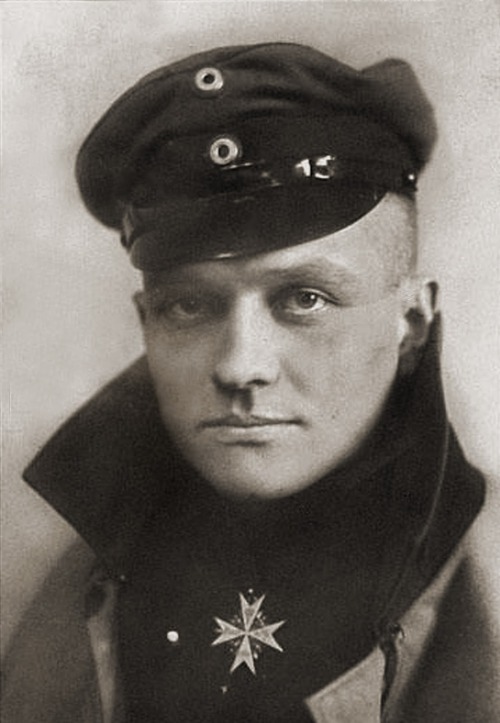The Bloody Red Baron’s traumatic brain injury, The issue of head trauma and brain injury has b
The Bloody Red Baron’s traumatic brain injury, The issue of head trauma and brain injury has been in the spotlight a lot lately, especially when it comes to sports and athletic injury, as well as auto accidents, job accidents, and of course, soldiers returning home from war. Perhaps one recently recognized case of traumatic brain injury in history is Manfred von Richthofen, also known as the “Red Baron”. One of the greatest combat fighter pilots of all time, the German ace helped form the foundation of aerial dogfighting. He wasn’t the most skilled pilot, but he utilized tactics which made him the most dangerous airman of World War I, earning him 80 kills, making him the highest scoring and most decorated pilot of the war. Richthofen’s incredible success was mostly due to his strict adherence to a set rules governing dogfighting called the “Boelcke Dictums”, written by German flying ace Oswald Boelcke. Today the Boelcke Dictums are holy gospel among fighter pilots, still taught to trainees in air forces around the world.On July 6th, 1917, Richthofen suffered a gunshot wound to the head, damaging the frontal lobe of his brain. Amazingly, the wound didn’t kill him, and he was able to land in friendly territory. He had to undergo several operations to remove bone fragments from his damaged brain, and was temporarily blinded and paralyzed. Amazingly, Richthofen made a quick comeback, spending only three months convalescing and healing, attempting to return to active duty in August but finally returning to the air on October 23rd. Richthofen wasn’t the same after his head injury, and modern medical professionals have looked over his case and determined that he could have suffered from a serious traumatic brain injury. He become disinhibited and compulsive, often making snap judgments and irrational decisions. He also had less control over his emotions, becoming moody and depressed. In his journals, his writing became more simplistic, disorganized, and nonsensical. In the air, he became more and more reckless, taking more dangerous risks and ignoring the Boelcke Dictums which he had rigidly adhered to before. It is was quite clear that Richthofen was suffering from head trauma (and perhaps battle fatigue) resulting in decreased cognitive ability. It is a good possibility that the Bloody Red Baron had lost his edge due to his injury.On April 21st, 1918 Richthofen broke formation with his squadron to chase an Allied plane. Flying mere hundreds of feet above the ground, Richthofen pursued the fighter deep into enemy territory, totally oblivious of enemy fighters diving on his six and a mass of anti aircraft fire rising from the ground. Neurologists call this “target fixation”, a habit common among those suffering brain injuries where a person will fixate on a particular object or thing while losing awareness of his or her surroundings. Richthofen sustained a mortal gunshot wound to the chest, going down and crashing. He was buried with honors by British forces. Today, most medical and military experts agree that the Red Baron would have never been allowed to fly again in any modern air force. -- source link
#history#healthcare#red baron#dogfighting#wwi#airplanes


